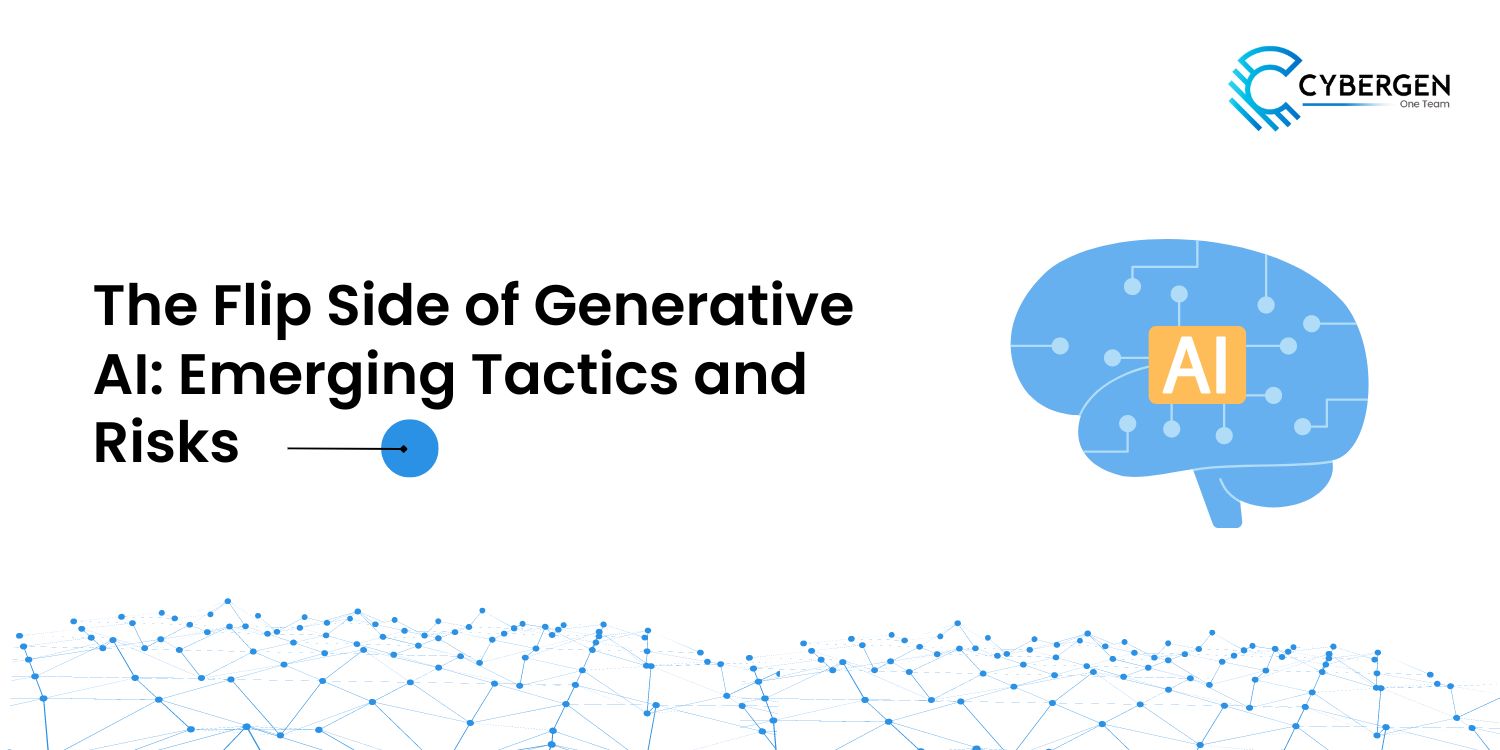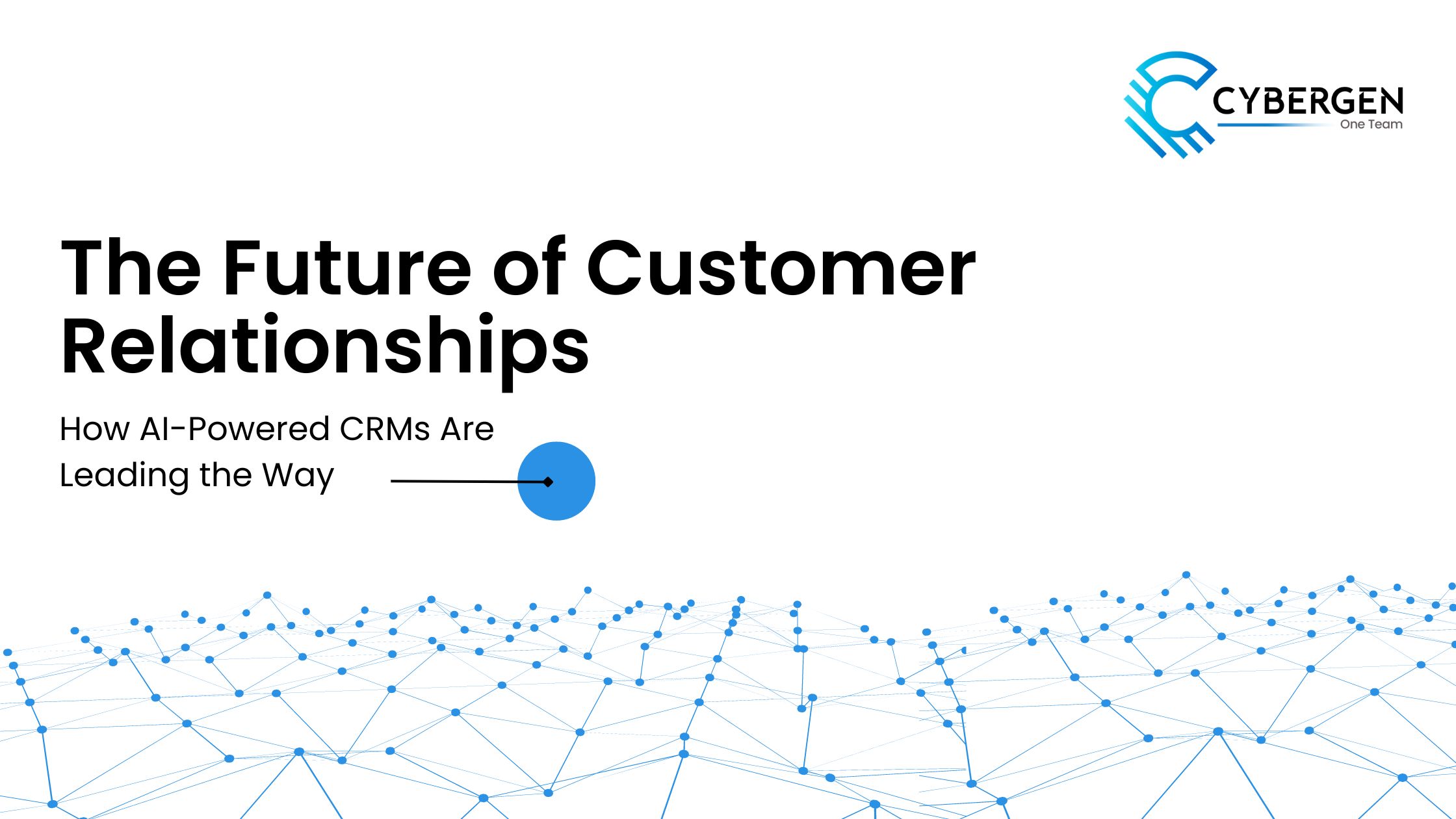In today's technology-driven world, the user experience (UX) is at the forefront of the success of any software product. However, achieving a seamless and intuitive UX requires a strong collaboration between design and development teams. In this blog post, we will explore the intersection of design and development and how to bridge the gap between these two teams to create a better user experience.
What is Design?
Design is the process of creating something with a specific purpose in mind. It is a creative and iterative process that involves research, problem-solving, and aesthetics. In the context of software development, design focuses on creating the visual and interactive elements of the user interface that meet the user's needs, goals, and expectations.
What is Development?
Development, on the other hand, is the process of turning a design into a functional and interactive software product. It is a technical process that involves coding, testing, and deployment of software. In the context of software development, development teams work to turn a design into a working product that meets the requirements of the users.
The Intersection of Design and Development
The intersection of design and development is the space where both teams work together to create a better user experience. This intersection is where design decisions meet the technical realities of development. It is where developers bring design concepts to life, and designers ensure that the final product meets the user's needs and expectations.
Unfortunately, the gap between design and development can sometimes be significant. Designers may create designs that are not technically feasible, while developers may create functionality that is not aesthetically pleasing. This gap can lead to poor user experiences, missed deadlines, and increased costs.
Bridging the Gap between Design and Development
To bridge the gap between design and development, there are several best practices that both teams can follow.
1. Collaboration and Communication
The first step to bridging the gap between design and development is to establish a collaborative and communicative environment. Designers and developers should work closely together, communicate regularly, and provide feedback to each other. Collaboration helps to identify and address issues early in the development process, reducing the risk of costly revisions later on.
2. Understanding Each Other's Perspective
Designers and developers should take the time to understand each other's perspective. Developers should have an understanding of design principles and user experience, while designers should have an understanding of technical limitations and constraints.
3. Create Prototypes and Mockups
Creating prototypes and mockups is an effective way to bridge the gap between design and development. Prototypes help developers to understand the intended functionality of a design, while mockups help designers to understand how the design will be implemented technically.
4. Use Design Systems
Design systems are a set of guidelines, principles, and components that help to maintain consistency in design and development. Using design systems can help to reduce the gap between design and development by providing a common language and framework for both teams to work with.
5. Test Early and Often
Testing early and often is crucial to ensuring that the final product meets the user's needs and expectations. Designers and developers should test their work regularly and use feedback to refine their designs and code.
Benefits of Bridging the Gap between Design and Development
Bridging the gap between design and development has several benefits. First, it helps to create a better user experience. By working together, designers and developers can create products that are aesthetically pleasing and intuitive to use.
Second, it helps to reduce costs and time-to-market. By identifying and addressing issues early in the development process, designers and developers can reduce the risk of costly revisions and delays.
Third, it helps to improve team morale and productivity. When designers and developers work collaboratively, they feel more invested in the success of the project and are more likely to produce high-quality work.
Conclusion
In conclusion, the intersection of design and development is critical to creating a successful software product. Designers and developers must work together closely and communicate effectively to bridge the gap between their respective fields. Collaboration, understanding each other's perspective, creating prototypes and mockups, using design systems, and testing early and often are all key best practices for achieving this goal.
By bridging the gap between design and development, teams can create products that are not only aesthetically pleasing but also functional and intuitive to use. This, in turn, leads to better user experiences, reduced costs and time-to-market, and improved team morale and productivity.
Ultimately, the intersection of design and development is where the magic happens. It is where creativity meets technical expertise to create products that can transform people's lives. By embracing the principles of collaboration, communication, and mutual understanding, designers and developers can work together to bridge the gap and create products that are truly amazing.
Relevant Blogs
Hey, I can help you with:
What AI solutions does CyberGen offer to enhance business operations? How can CyberGen's managed IT services improve my company's efficiency? What training programs are available through CyberGen Academy?



 1.png)
